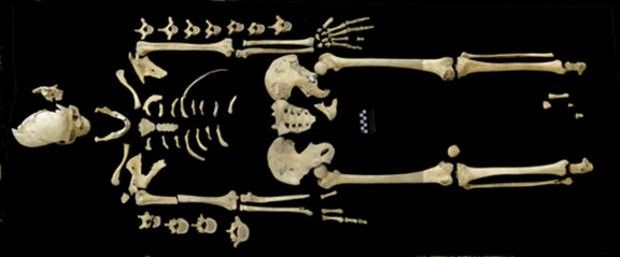A study released this Monday and authored by a team of scientists with the Senckenberg Research Institute and Natural History Museum describes what might be the oldest case of leukemia on record.
The researchers detail how, while studying the skeletal remains of a woman who lived around 7,000 years back, they found evidence that she suffered from this form of cancer. Whether this disease was what killed her remains a mystery.
The specialists further explain that, although having thoroughly examined the woman's skeleton with the help of high-resolution computer tomography, they could not find any symptoms of other diseases.
For this reason, they feel confident to rule out other pathologies. If they are right, this would mean the 7,000-year-old skeleton, recovered from a Neolithic graveyard near Stuttgart, Germany, might, in fact, be the oldest leukemia case on record.
“This would be the oldest evidence of leukemia to date. However, we cannot determine whether the woman actually died from the disease,” the research team, led by specialist Heike Scherf, explains in a report detailing their work.
The woman was quite young when she died
The skeleton that researcher Heike Scherf and his colleagues think might be the oldest case of leukemia on record belongs to a woman who was about 30 to 40 years old at the time of her death.
What's interesting is that, although she lived during the Neolithic Age, when medical care was pretty much absent and farming work was especially tough, this woman was oddly healthy when she died. Well, except for the leukemia, that is.
Thus, the specialists who examined her skeletal remains could not find any evidence of infectious diseases, degenerative changes or deficiency symptoms, which were commonplace in those days, Science Daily informs. In fact, all they could find was teeth trouble.
“Except alveolar inflammation and dental caries, the ‘individual G61’ was not affected by any of these diseases,” researcher Heike Scherf summed up his and his colleagues' findings.
The reason the research team suspects the woman had leukemia and might have died because of this disease is that high-resolution computer tomography revealed abnormalities in the anatomy of her right humerus and her sternum.
The appearance of these two bones is said to be consistent with leukemia. No such abnormalities were documented in any of the other skeletons recovered from the same Neolithic graveyard.

 14 DAY TRIAL //
14 DAY TRIAL // 

